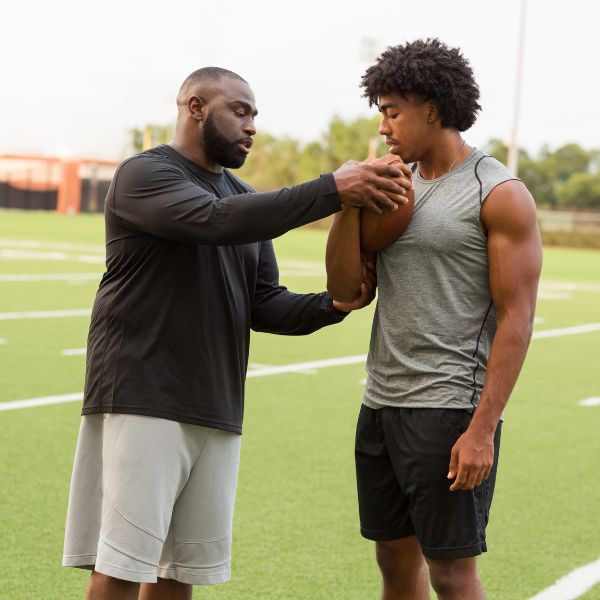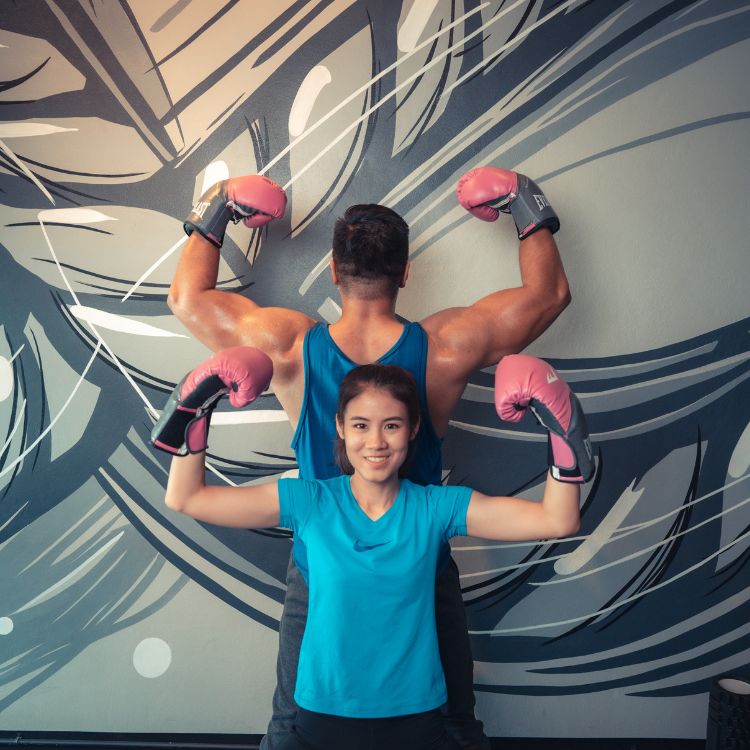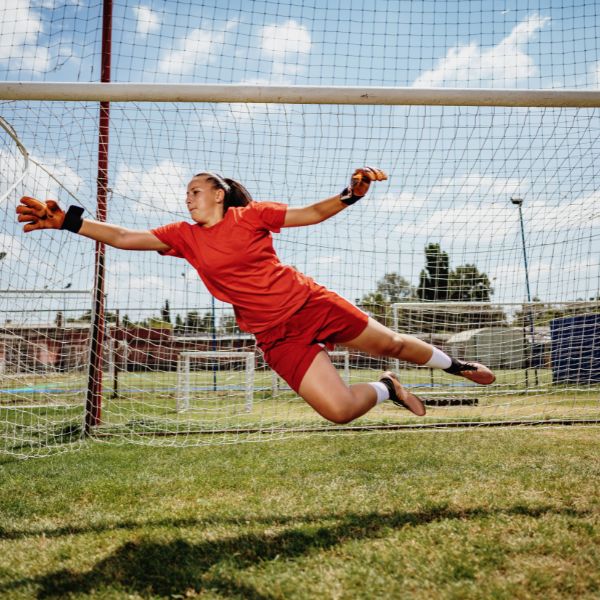How parents and coaches can ensure safety in sport
Safeguarding young athletes by enhancing safety in sports is a great way for parents and coaches to foster a supportive environment for all.
As parents and coaches, ensuring the safety of young athletes isn’t just a responsibility; it’s a commitment to their well-being and development. Every game and every practice presents an opportunity to create a nurturing environment where young athletes can flourish. It’s about more than just the game; it’s about their physical and emotional safety.
By prioritising sports safety for young people, we’re not only protecting them from potential harm but also instilling values of respect, responsibility, and teamwork. From ensuring proper equipment fit to teaching proper techniques, our actions speak volumes.
From 2018 to 2019, 31% of all unintentional cases of hospitalisation for the 15-24 age group were due to sports injuries (Australian Institute of Health and Welfare, 2021), speaking to the need for better safety for young people in sports.
As parents and coaches, it’s important to embrace this journey, knowing that by prioritising safety, we’re shaping resilient, confident athletes who can thrive both on and off the field.
How parents and coaches can improve safety in sports for young people
Here are a few ways to enhance sports safety:

Prioritise sports safety education
It’s important for parents and coaches to continuously educate themselves on the latest developments in sports safety. Familiarise yourself with injury prevention strategies, proper warm-up and cool-down techniques, and the signs and symptoms of common sports-related injuries like sprains, strains, and concussions. By staying informed, you’ll be better equipped to guide young athletes towards safer practices and healthier habits.

Embrace open communication
Foster an environment where young athletes feel safe to communicate about their physical and emotional well-being. Encourage them to express any discomfort, concerns, or injuries they may experience during training or competition. Take the time to listen to their needs and address any issues. By prioritising open communication, you not only build trust but also ensure that potential injuries are identified and addressed early.

Lead by example
As parents and coaches, you serve as role models for young athletes, and your actions speak volumes. Demonstrate the importance of safety by consistently adhering to proper safety protocols. Ensure they wear appropriate protective gear during training and competitions, and model correct technique in all activities. Emphasise the importance of respecting physical limits and avoiding reckless behaviour that could lead to injury.

Review and update safety protocols
Safety protocols and procedures should be regularly reviewed, updated, and reinforced to reflect the latest industry standards and best practices. Collaborate with other coaches, medical professionals, and relevant stakeholders to evaluate existing safety measures and identify areas for improvement. Stay informed about emerging safety concerns and incorporate new strategies and methods to mitigate risks and enhance athlete safety.
What Our Community Says About Us
Our Partners





Making youth safety a priority
In today’s world, creating a safe environment for young people is crucial as it profoundly influences future generations. By emphasising open communication, inclusivity, access to resources, personal development, and positive role models, we can empower youth to flourish and evolve.
At Youthsafe, our mission is to nurture the growth of young individuals within a safe and supportive setting. That’s why we collaborate with governments, businesses, and community organisations to provide youth safety programs and resources that prioritise the well-being of young people.
FAQs
Parents play a crucial role in ensuring the safety and well-being of youth athletes both on and off the field. Parents should encourage their children to communicate openly about any injuries or discomfort they experience during practices or games.
Collaborating with coaches and medical professionals to address any concerns or questions about their child’s participation in sports can also ensure a coordinated approach to injury prevention and management.
Overtraining and burnout are common concerns in youth sports, often resulting from excessive physical and psychological demands placed on athletes.
Coaches and parents can mitigate these risks by promoting a balanced approach to training that prioritises rest and recovery alongside skill development and competition preparation. Monitoring athletes for signs of fatigue, stress, or decreased performance helps identify early warning signs of overtraining and allows for timely intervention.


